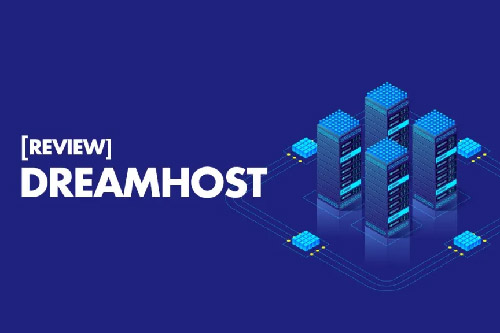Hypervisors: The Engine Behind Virtual Machines
What is a Hypervisor? A hypervisor, also known as a virtual machine monitor (VMM), is a type of software that creates and manages virtual machines (VMs) on a physical computer, referred to as the host machine. Essentially, it acts as a thin layer between the hardware and the operating systems of the virtual machines, allowing multiple operating systems to run concurrently on a single physical server.
How Hypervisors Work:
At its core, a hypervisor decouples the physical hardware from the operating systems running on top of it. Here's a simplified breakdown:
- Hardware Abstraction: The hypervisor creates a virtualized environment, masking the underlying hardware from the VMs.
- Resource Allocation: It manages and allocates system resources, such as CPU, memory, and storage, among the virtual machines.
- Execution Control: The hypervisor controls the execution of the VMs, ensuring they run in isolation but can still communicate with each other and the outside world.
Types of Hypervisors:
- Type 1 (Bare-Metal Hypervisors): Installed directly on the host hardware, providing high performance and efficiency. Examples include VMware ESXi, Microsoft Hyper-V, and Xen.
- Type 2 (Hosted Hypervisors): Run as software applications on top of an existing operating system. They offer greater flexibility but might have slightly lower performance. Examples include Oracle VirtualBox, VMware Workstation, and Parallels Desktop.
Benefits of Using Hypervisors:
- Increased Resource Utilization: Run multiple applications on fewer servers, maximizing hardware efficiency and reducing costs.
- Enhanced Flexibility and Scalability: Easily create, deploy, and manage VMs to meet changing workload demands.
- Improved Disaster Recovery: Simplify backup and recovery processes, minimizing downtime in case of failures.
- Isolated Environments: Isolate applications and operating systems for enhanced security and stability.
Hypervisors in the Cloud:
Cloud computing relies heavily on hypervisors. Cloud providers use hypervisors to create and manage the vast infrastructure of virtual machines that power their services, allowing for on-demand resource allocation and scalability.
Keywords: Hypervisor, Virtual Machine, Virtualization, VMM, Type 1 Hypervisor, Type 2 Hypervisor, Bare-Metal Hypervisor, Hosted Hypervisor, Virtual Machine Monitor, Cloud Computing
















